Tai Miao which commonly known as Imperial Ancestral Temple was a unique place where sacrificial ceremonies in honor of the imperial family’s ancestors were held especially on some important events. According to one of the imperial building principles in Kaogong Ji (The Records of Examination of Craftsman or Book of Diverse Crafts) which sounds “Zuo Zu You She” (the left of the palace should be the place to worship ancestors and the place to pray for the nation was on the right), as a result, Imperial Ancestral Temple and Sheji Tan (Temple of Earth and Cereals) were compulsory on both sides of the imperial palace. The left of the palace or the east of the palace would always be the location for Imperial Ancestral Temple throughout the dynasties.
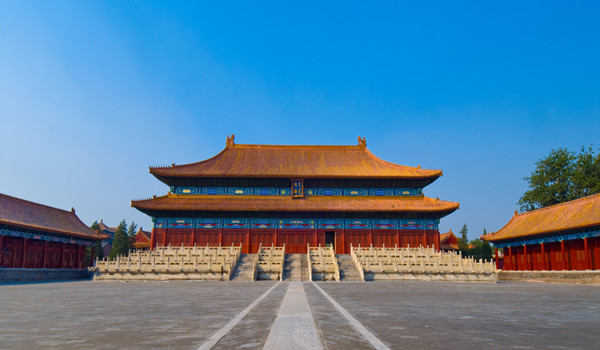
来源@视觉中国
The Imperial Ancestral Temple for both Ming and Qing Dynasty was located very close to the Forbidden City which is just next to the east of Tiananmen (Gate of Heavenly Peace). The Imperial Ancestral Temple was built in 1420 and renovations had been taken place many times during the reign of Emperor Jiajing, Emperor Wanli as well as Emperor Shunzhi. However, the largest renovation project occurred in 1736 when Emperor Yongzheng spent about 4 years to enlarge most of the halls within Imperial Ancestral Temple. Since then, the total area for this temple had reached 13,965 square meters.
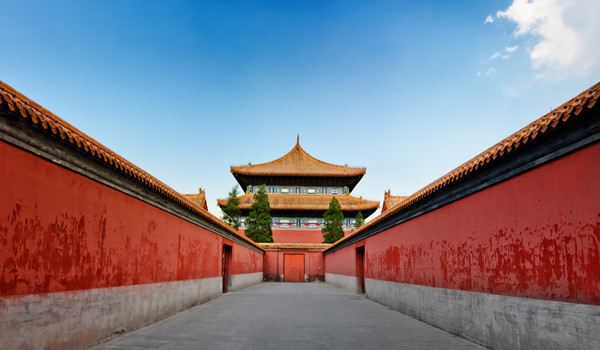
来源@视觉中国
Imperial Ancestral Temple was built in a rectangular shape which back to the north and facing right to the south. As a result of Chinese traditional culture for which worshipping their ancestors, Imperial Ancestral Temple had become a very important and holy place throughout the dynasties. So, this temple was protected with double-layered walls, both well decorated with red paint and yellow glazed-tiles roofs. During every important event in the palace such as the marriage of the emperor and ascending the throne, the emperor must offer sacrifices here in order to pray for good prosperity.
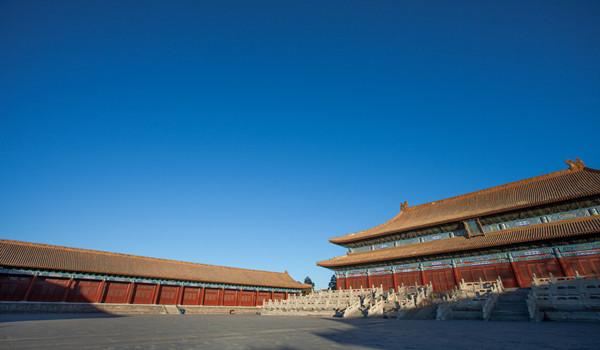
来源@视觉中国
The main hall of Imperial Ancestral Temple is the Hall for Worship of Ancestors where most of the ceremonies took place. It is nine bays wide and four bays deep during its first built in Ming Dynasty. However, it was enlarged to eleven bays wide during Qing Dynasty. The temple was built on top of a three-tiered white marble terrace which surrounded with white marble fences as well. It was the most sacred site throughout the imperial Beijing. It was fully equipped with seats for the emperors and empresses as well as the incense burners for offering as the emperors would participate almost all the large scale ceremonies for worshipping ancestors which taken place in this holy temple.
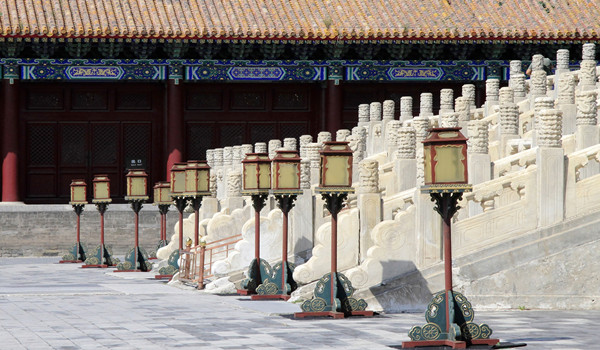
来源@视觉中国
There are another two halls located behind of the Hall for Worship of Ancestors. The Zhong Dian (Middle Hall) with nine bays wide was the place to store imperial ancestral tablets. Hou Dian (Back Hall) is located behind of Middle Hall in a separated courtyard and served as the place where memorial tablets for remote imperial ancestors were kept. There are two side halls on both sides of the main hall. The eastern wing was the worship hall for various princes of Qing Dynasty while the western wing housed the memorial tablets of meritorious courtiers. In order to make it easier for the emperors to participate in the ceremonies which taken place within Imperial Ancestral Temple, three gates consist of Tiananmen (Gate of Heavenly Peace), Duan Men and Wu Men (Meridian Gate) were set accordingly.
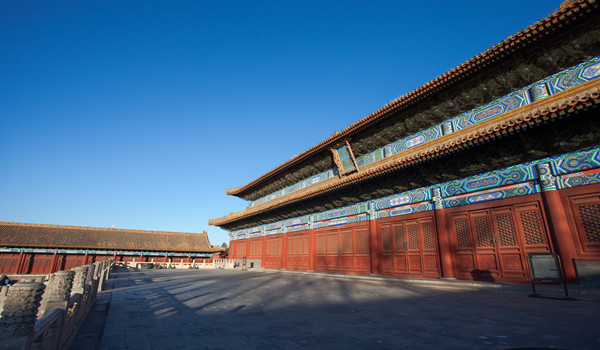
来源@视觉中国
Imperial Ancestral Temple can be considered as one of the best preserved Ming building architecture throughout Beijing city. Although it had been encountered some renovations during Qing Dynasty, the general architecture especially the stone and wooden part of the building is basically remained its original designs during Ming Dynasty. Besides that, Imperial Ancestral Temple is famous with its ancient cypresses in which most of the cypresses here have aged over few hundreds years. It was opened to public as Heping Park (Peace Park) in 1924. Later in 1950, it was then renamed as Laodong Renmin Wenhua Gong (Working People’s Cultural Palace).
Source: beijingimpression.cn



